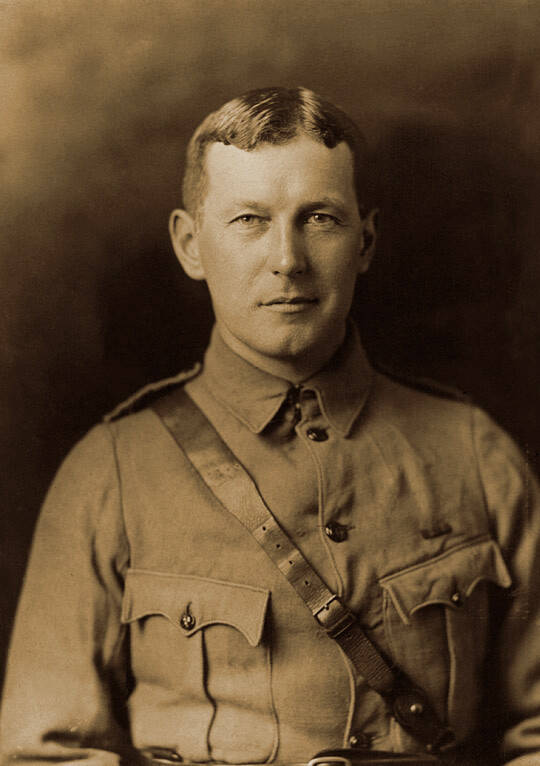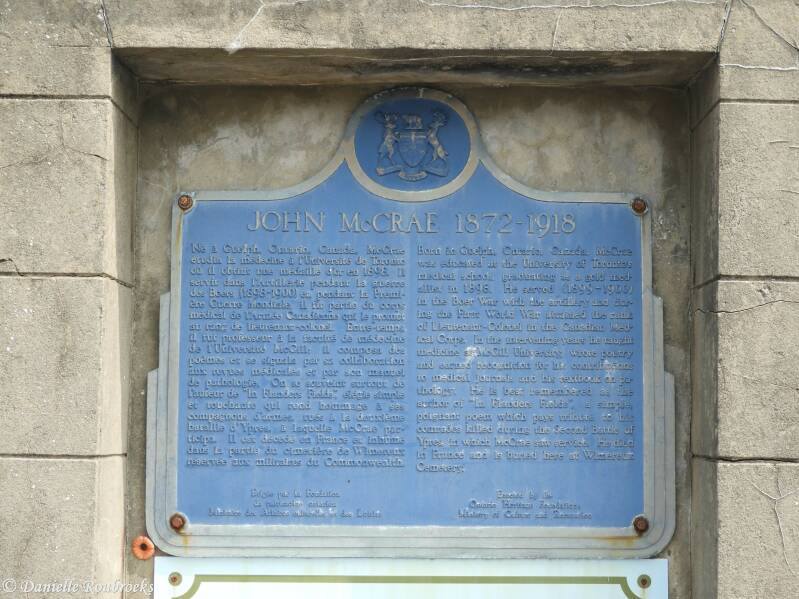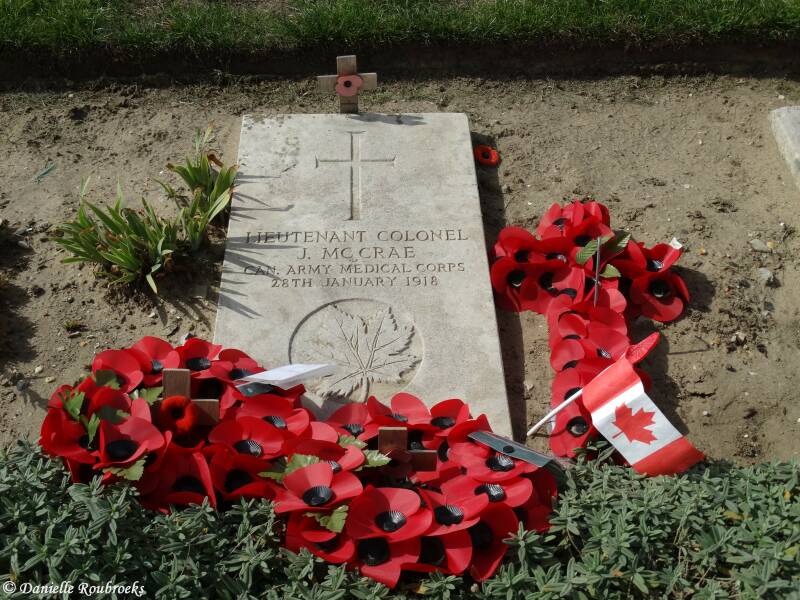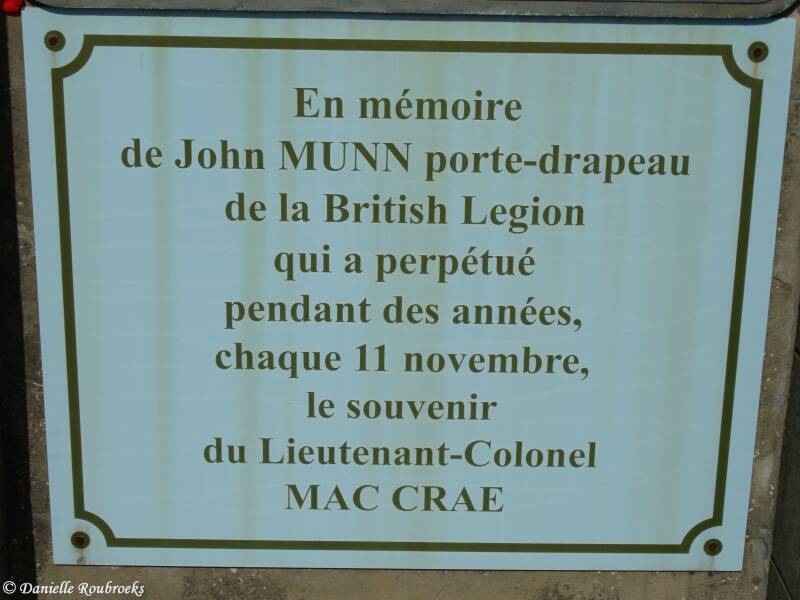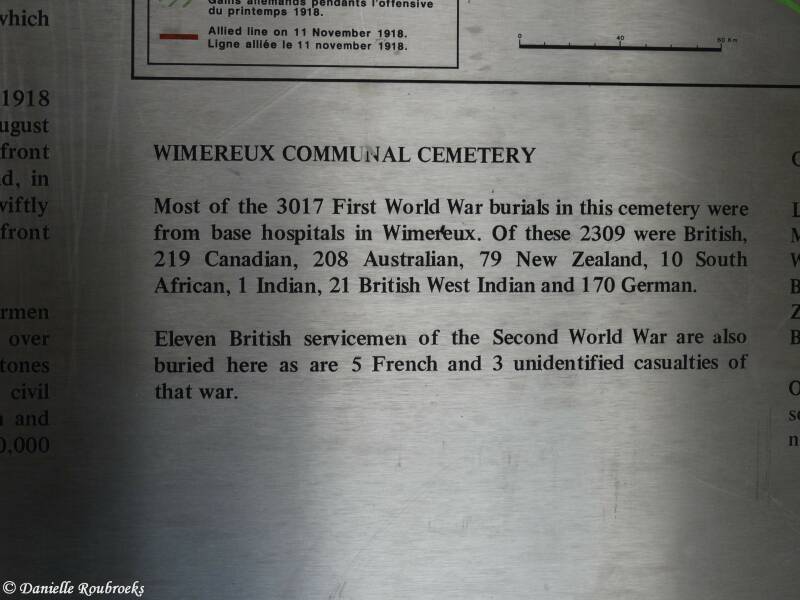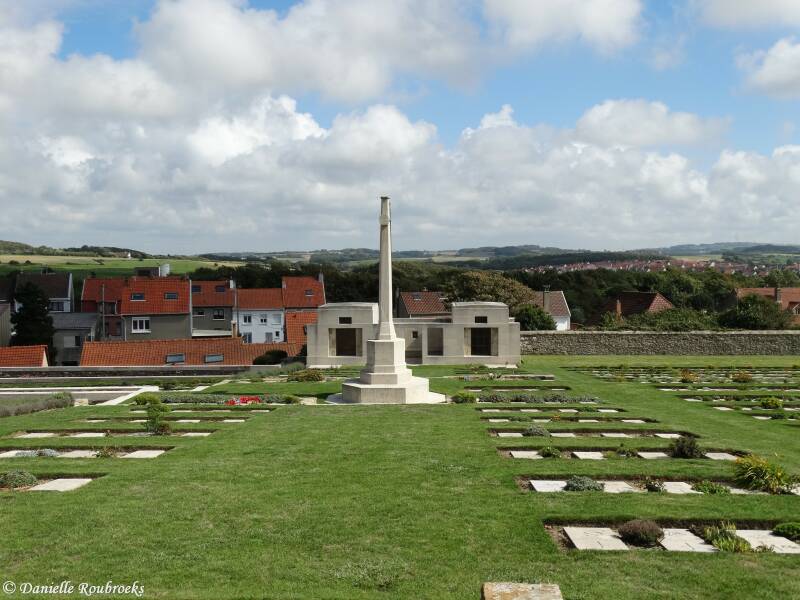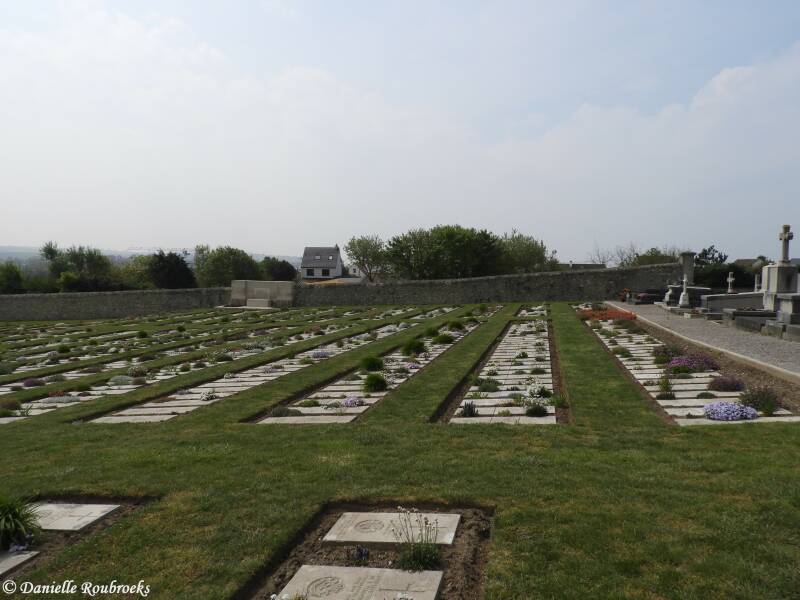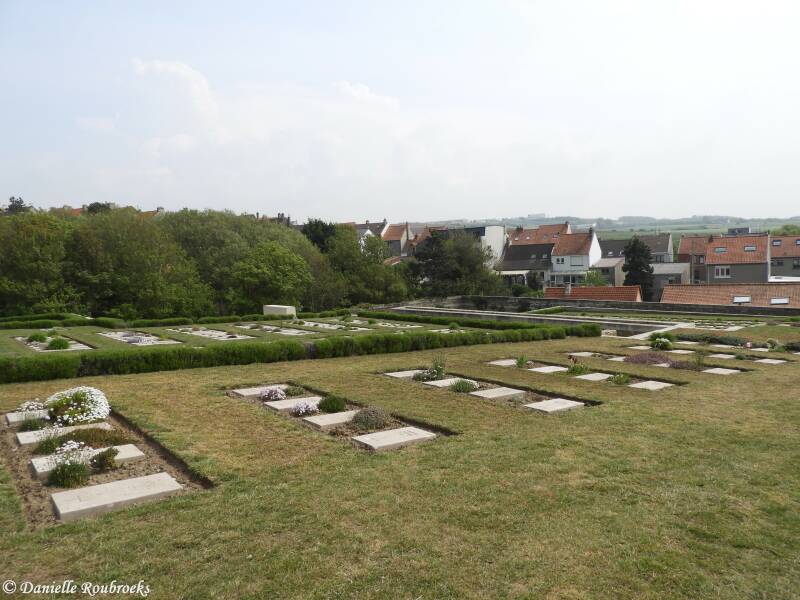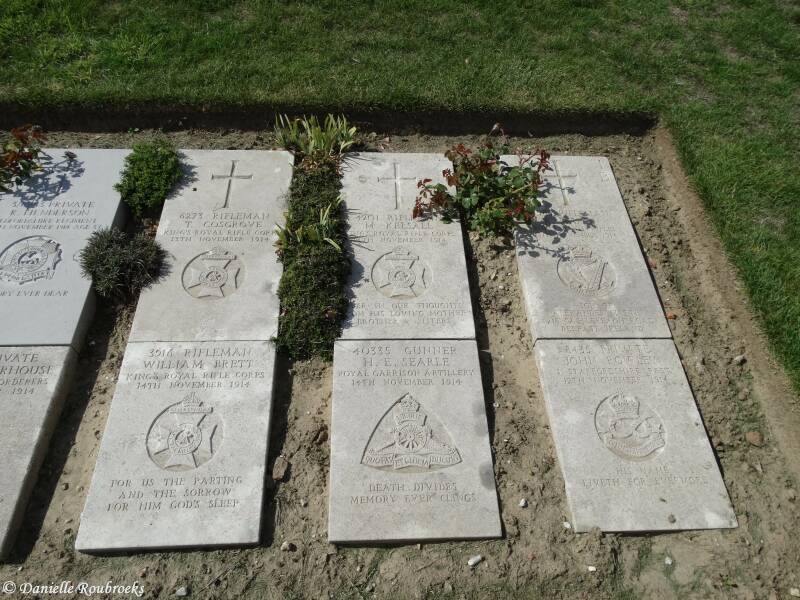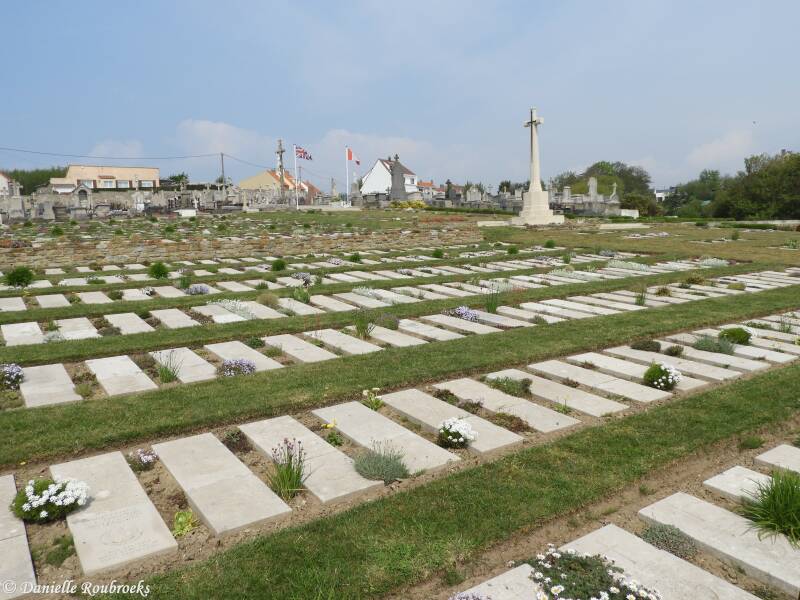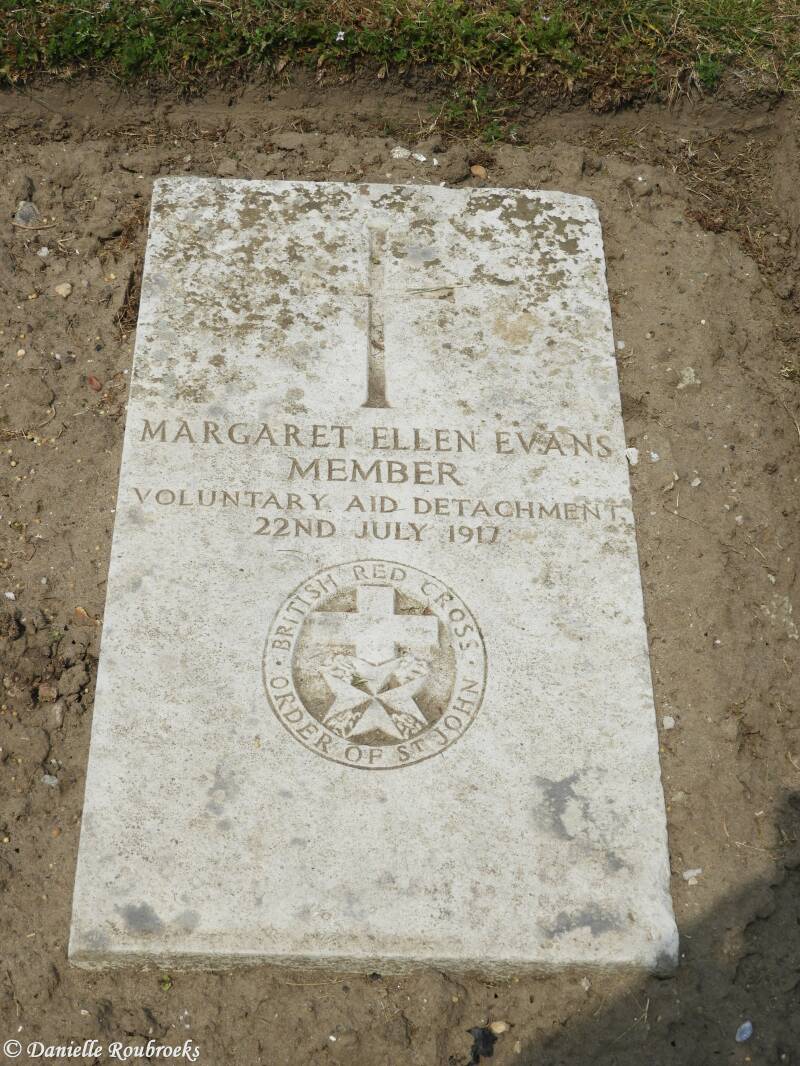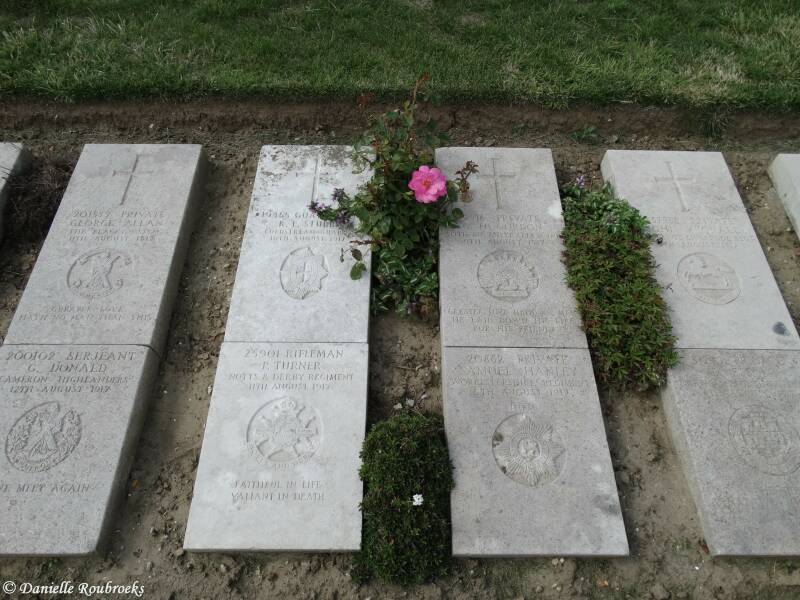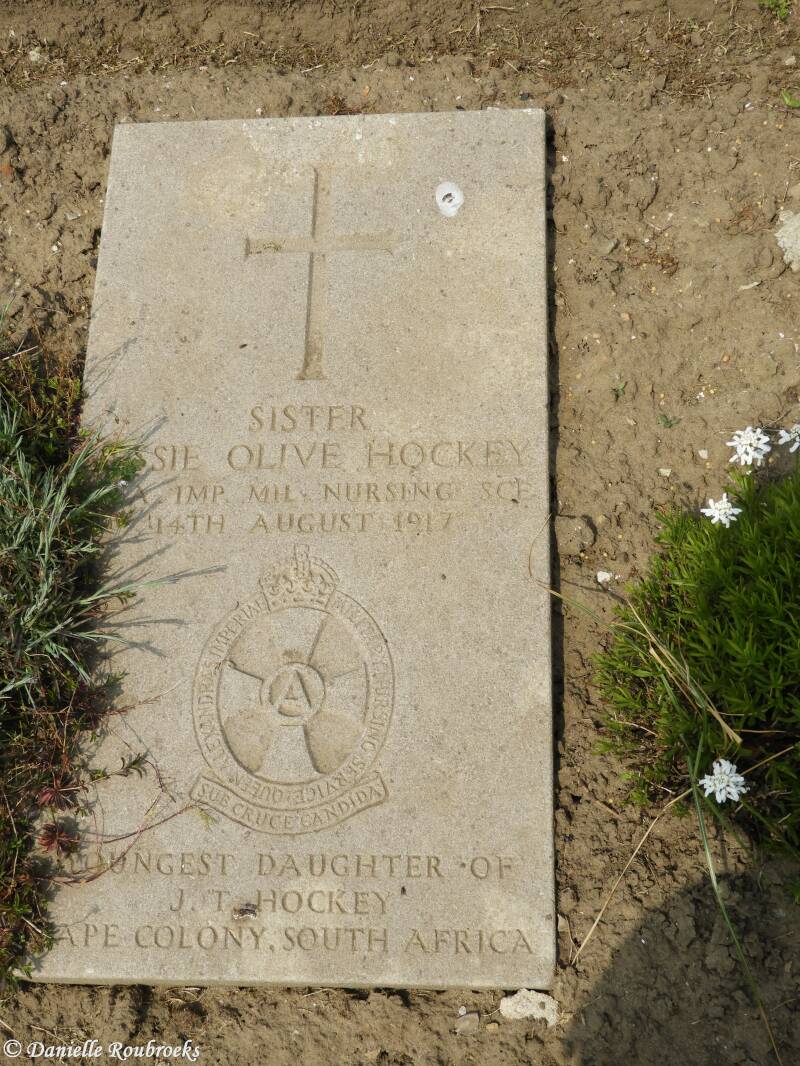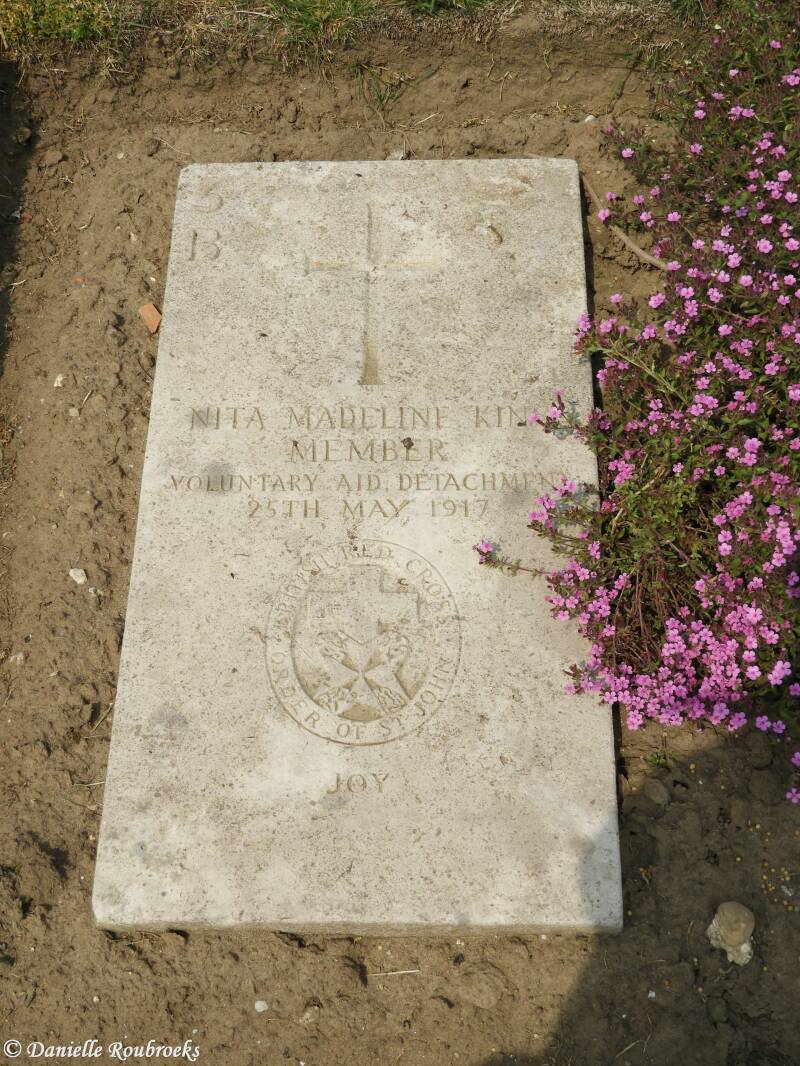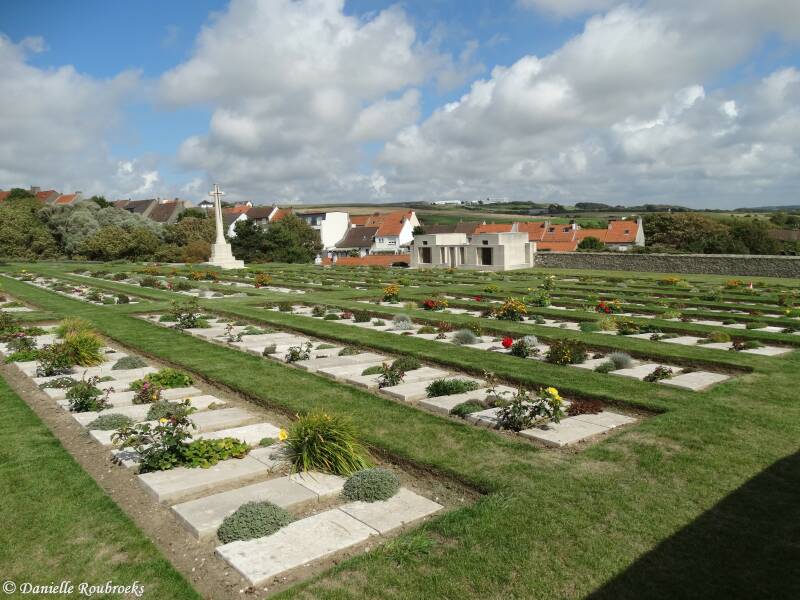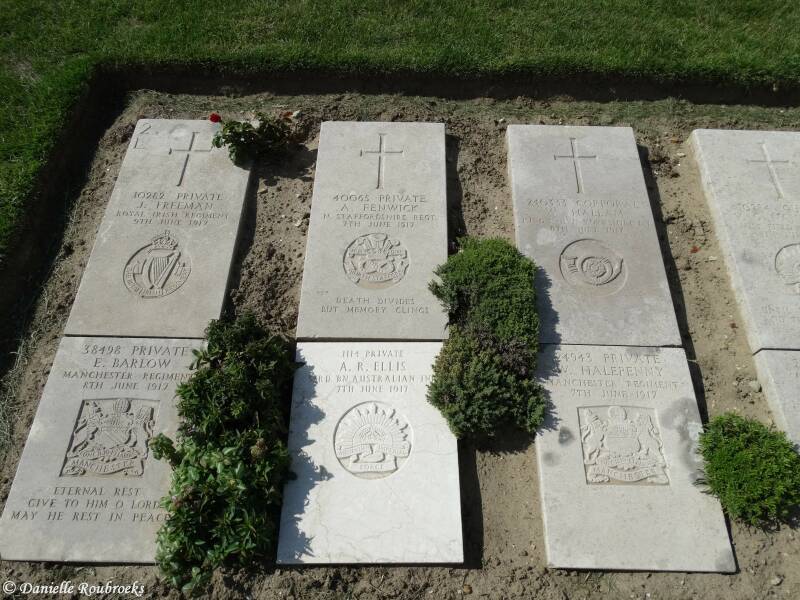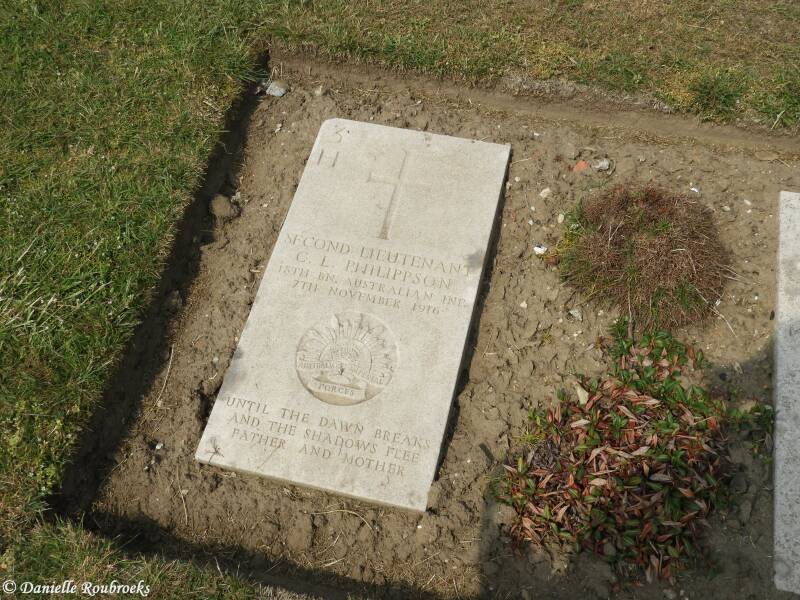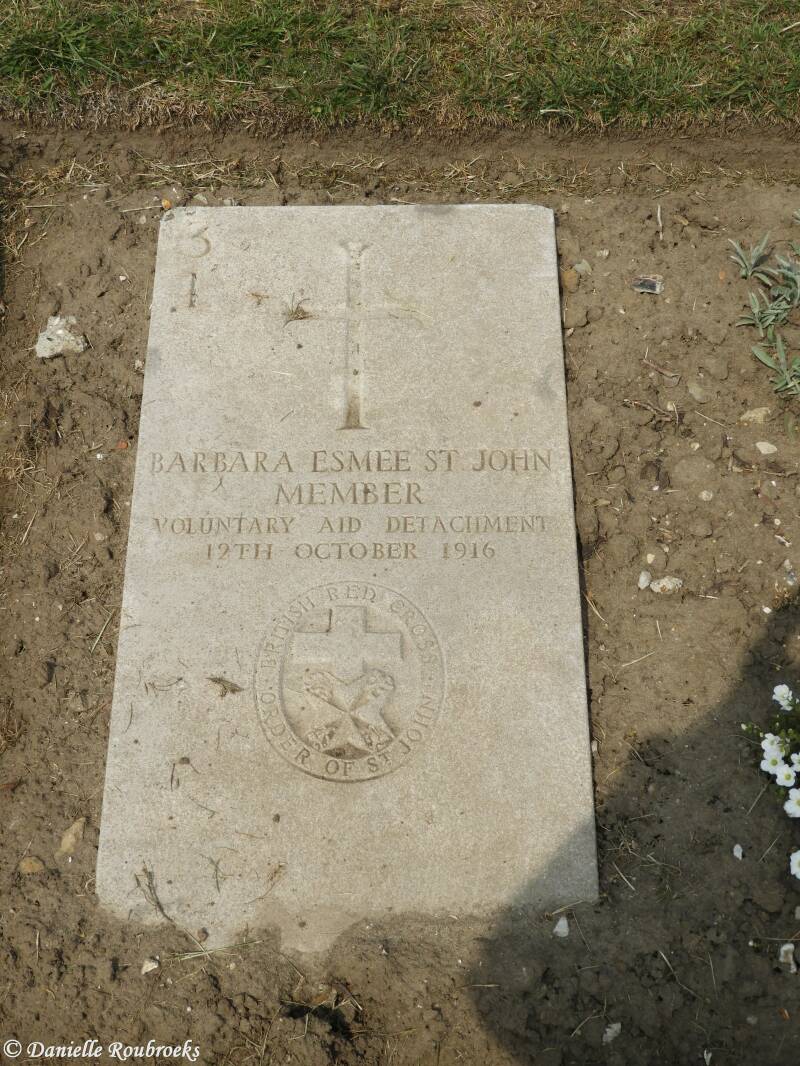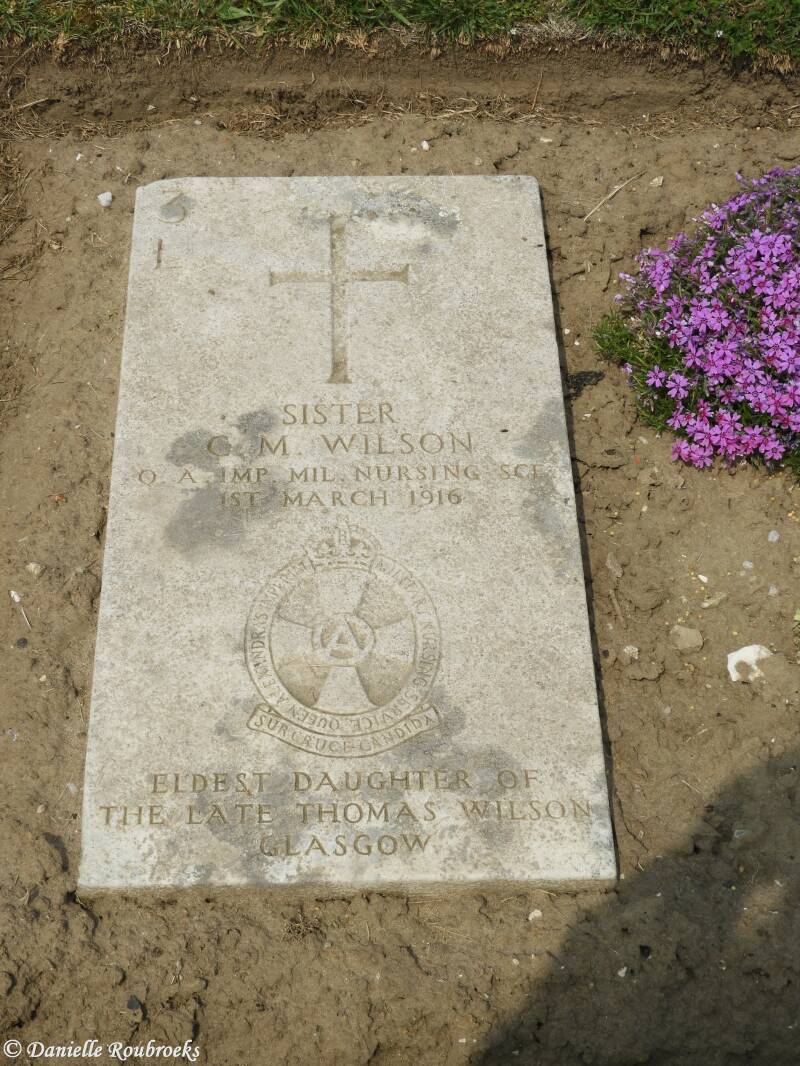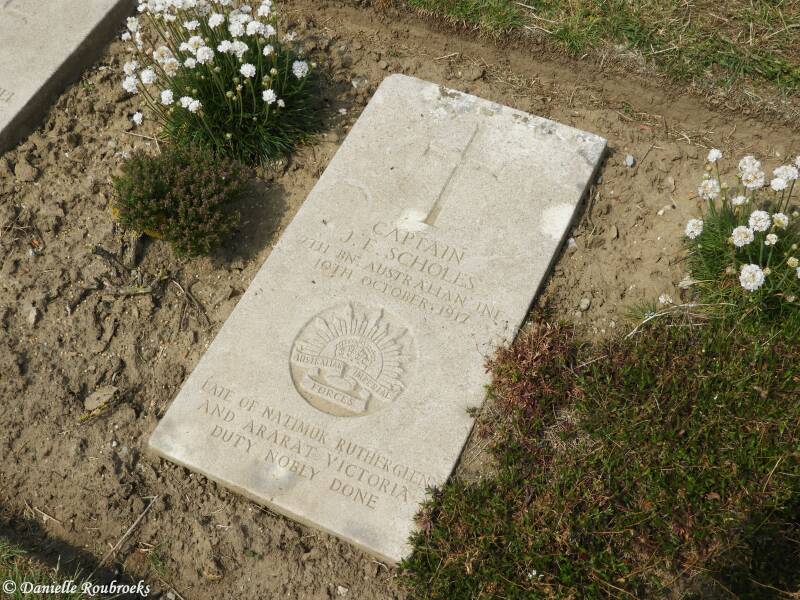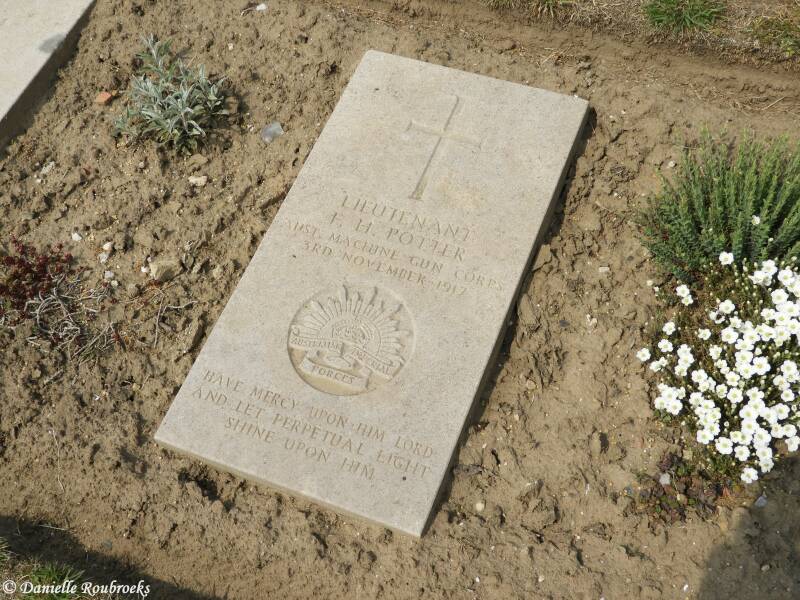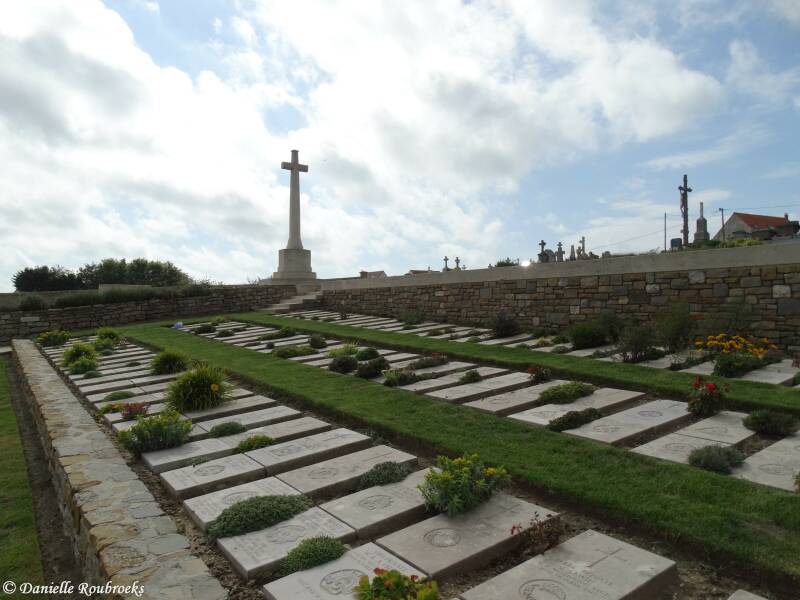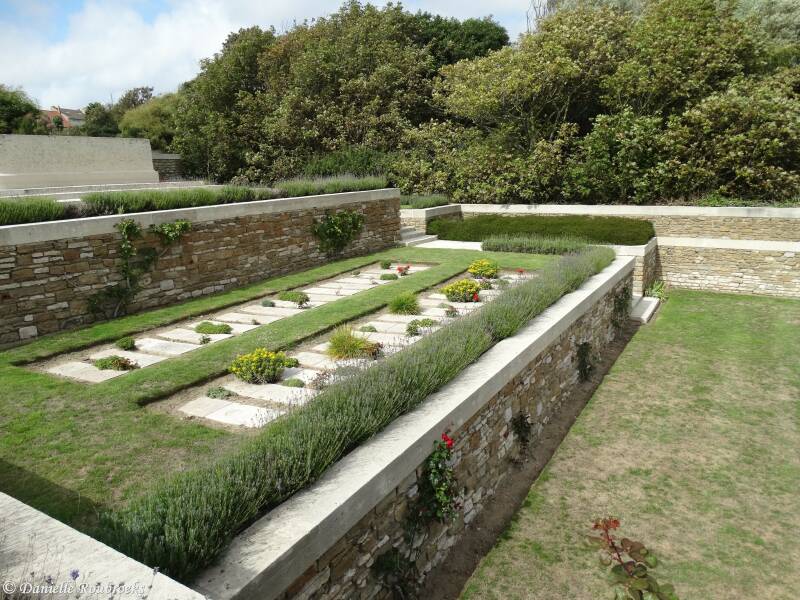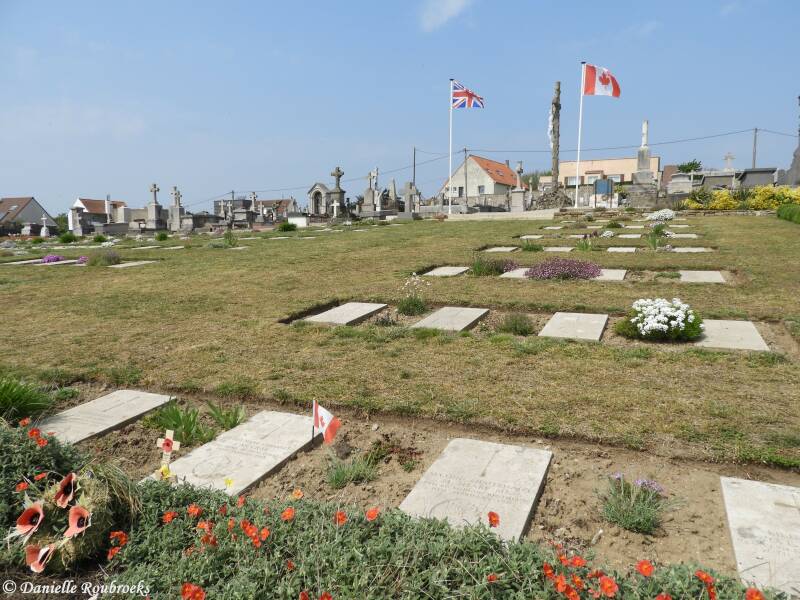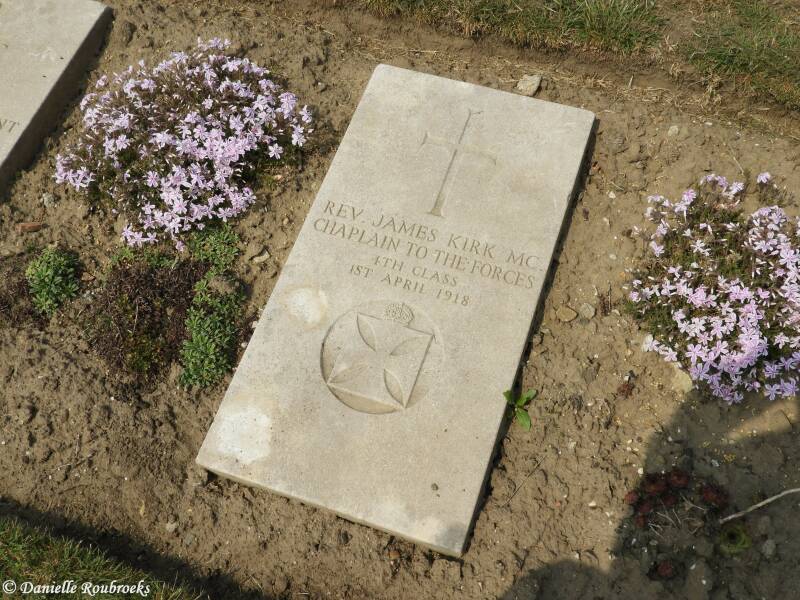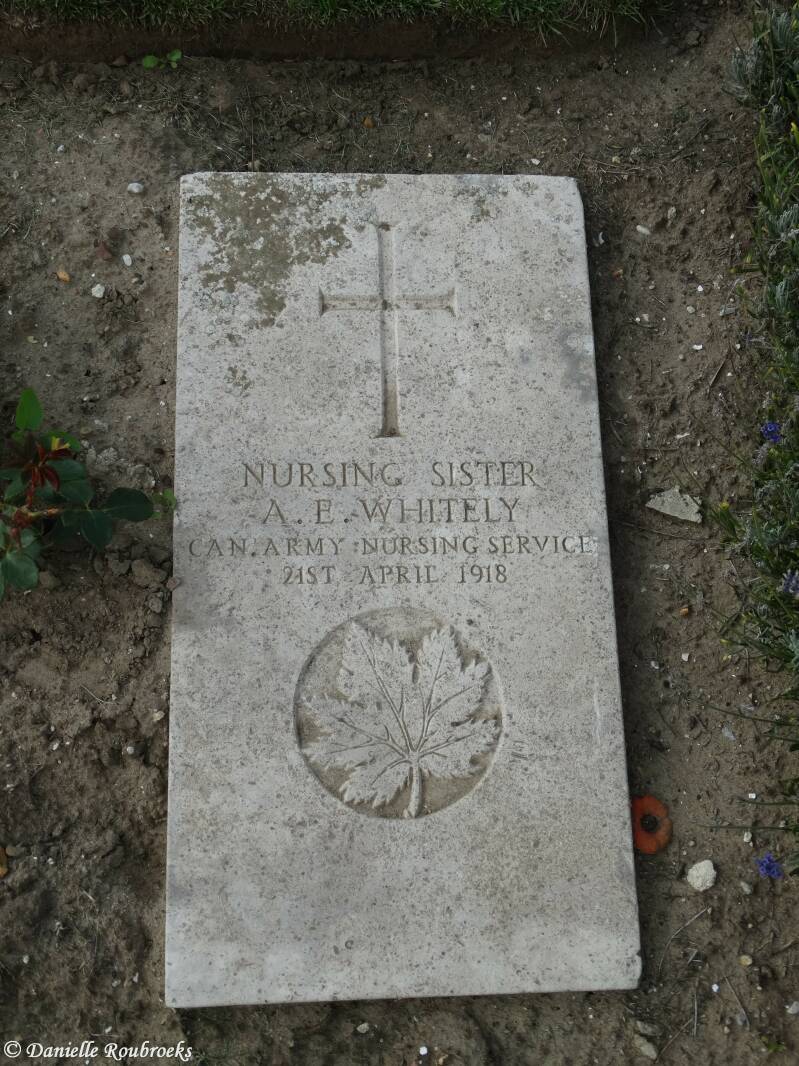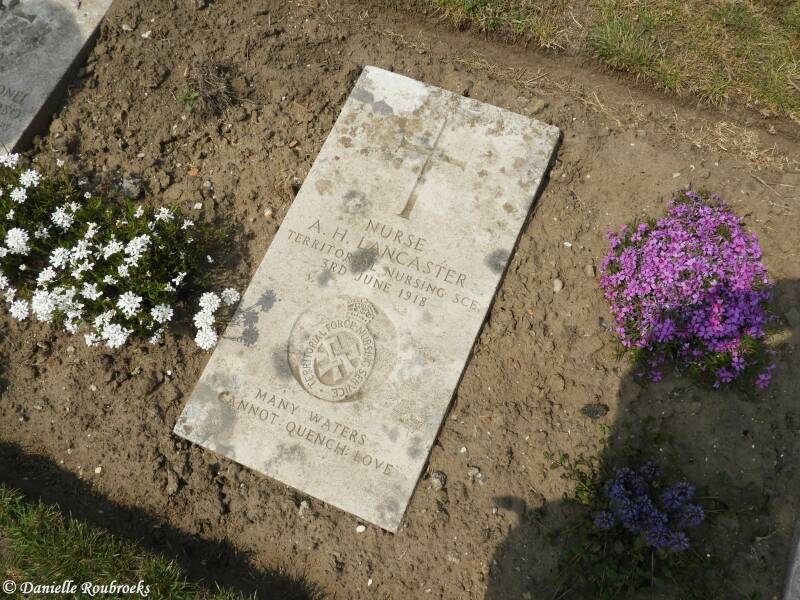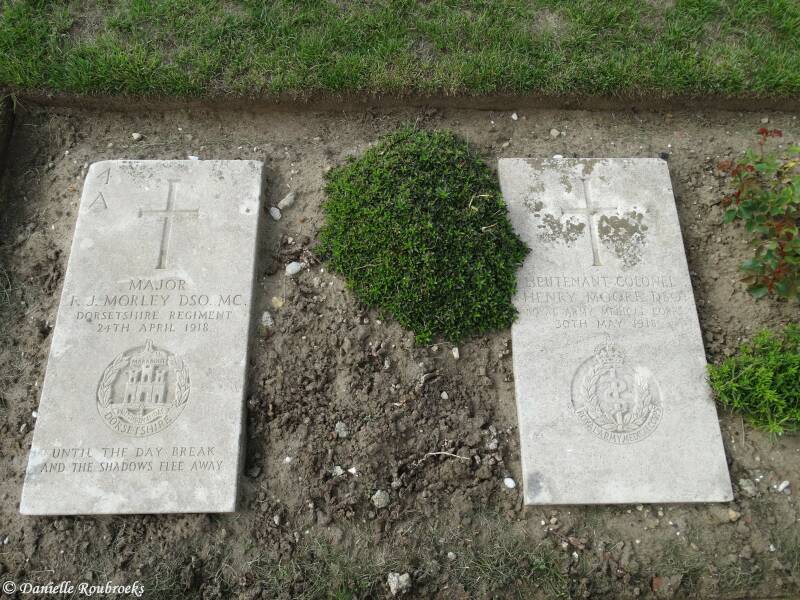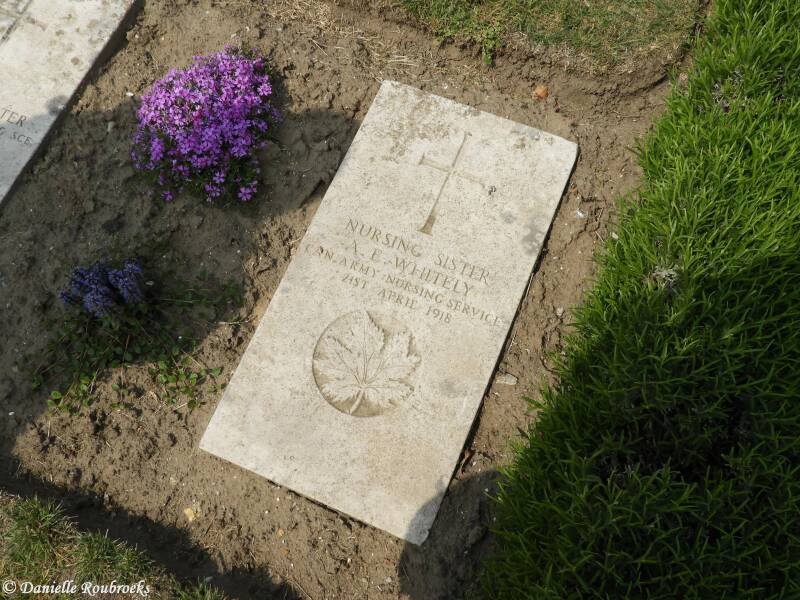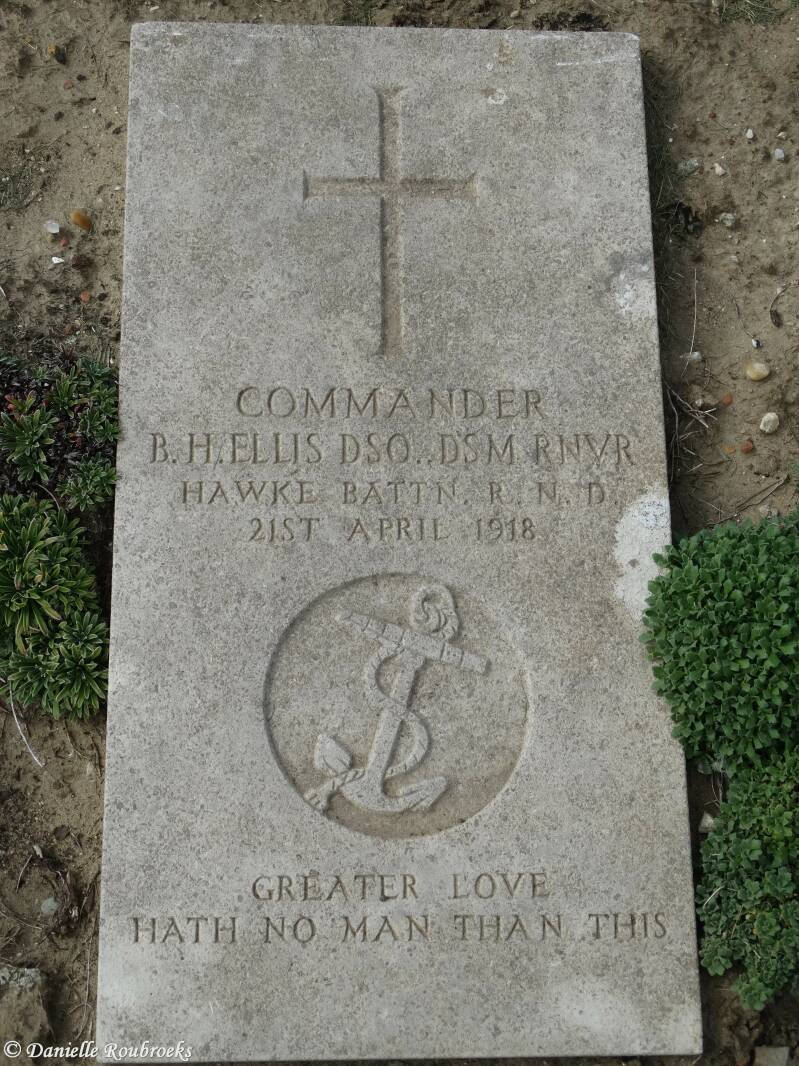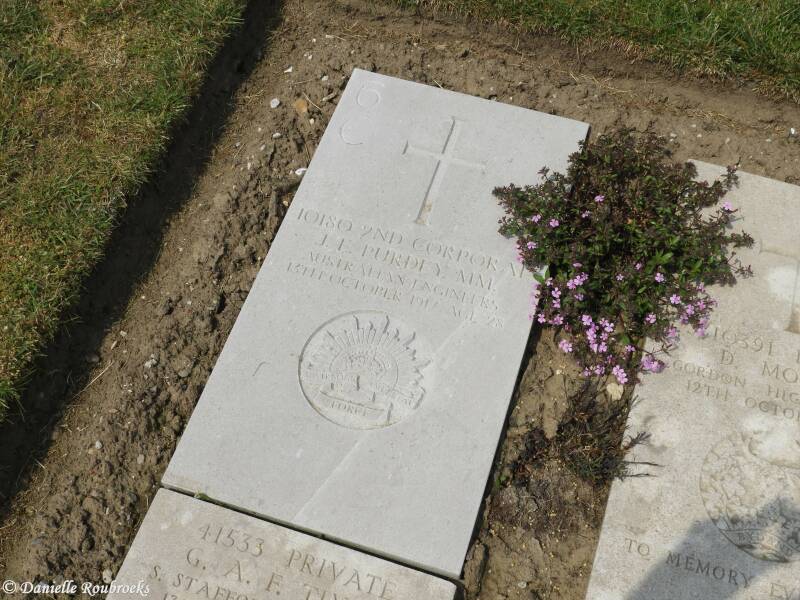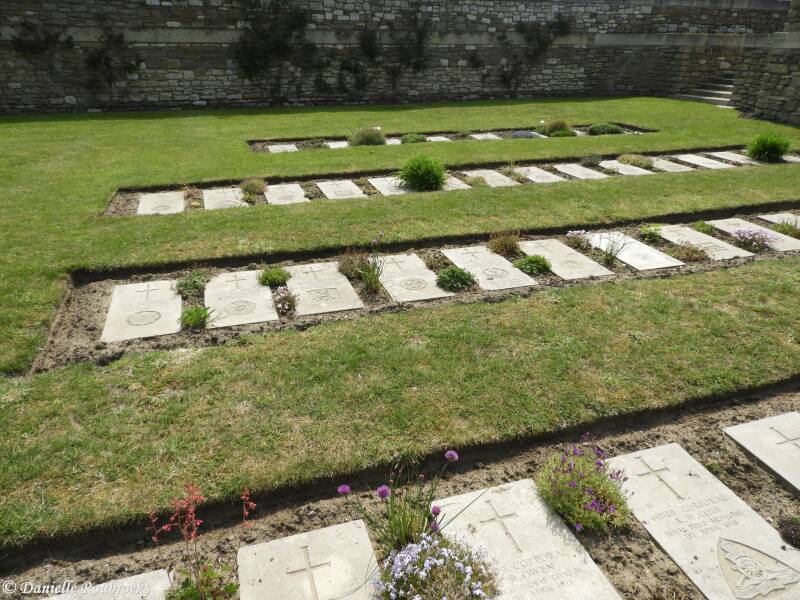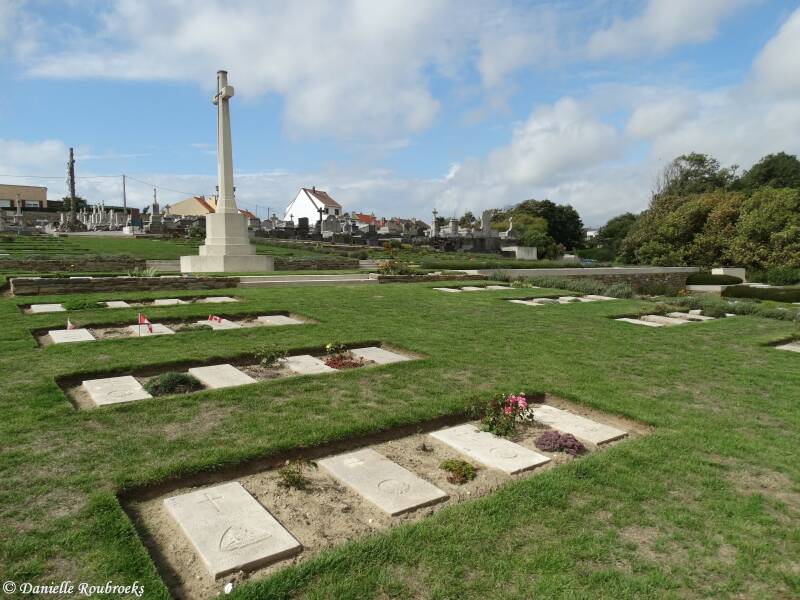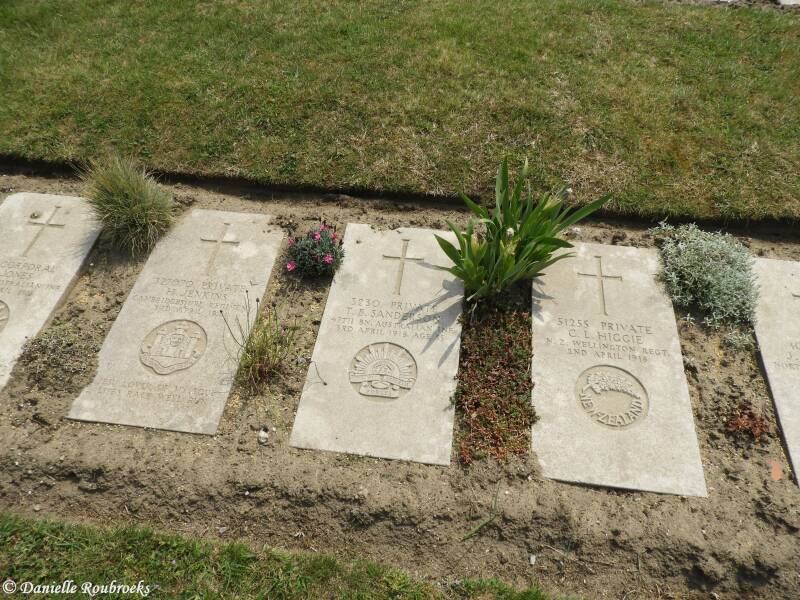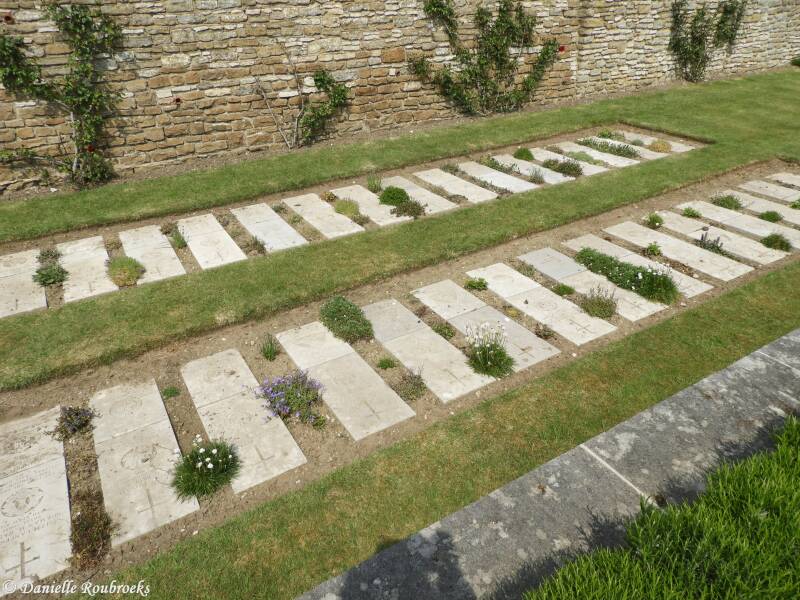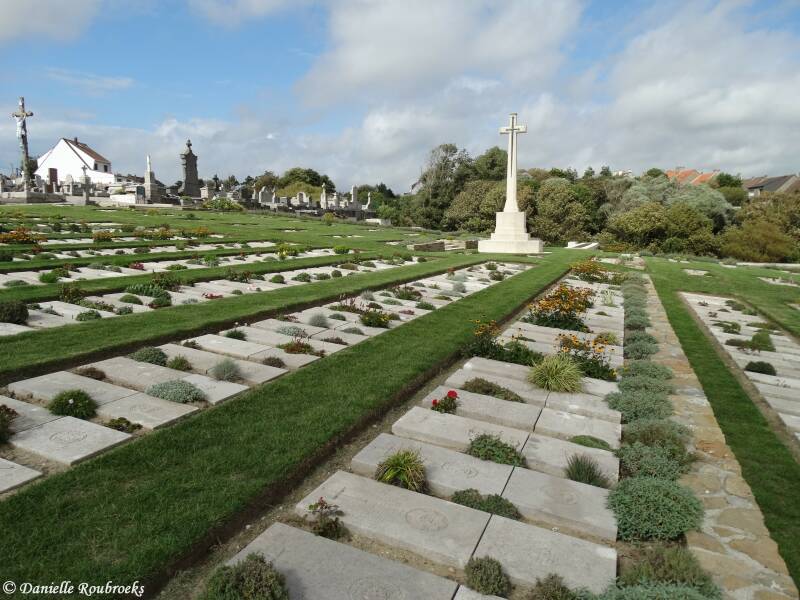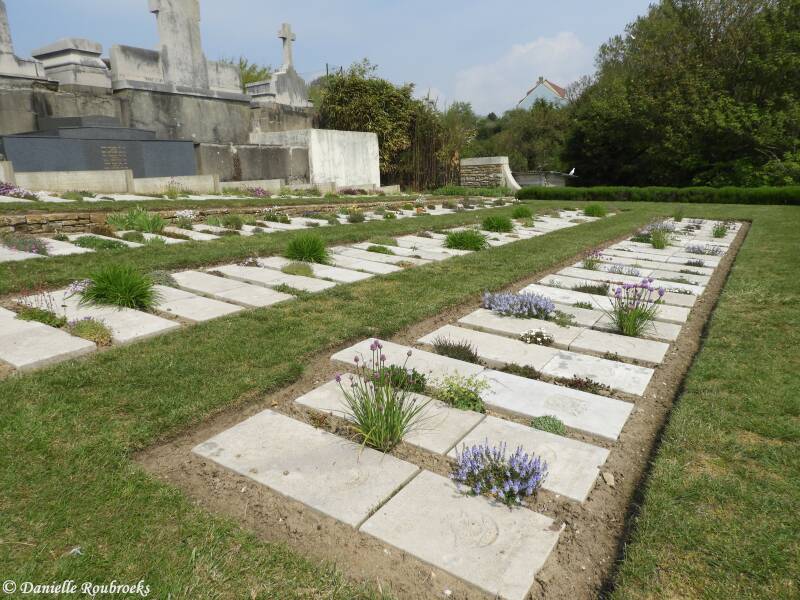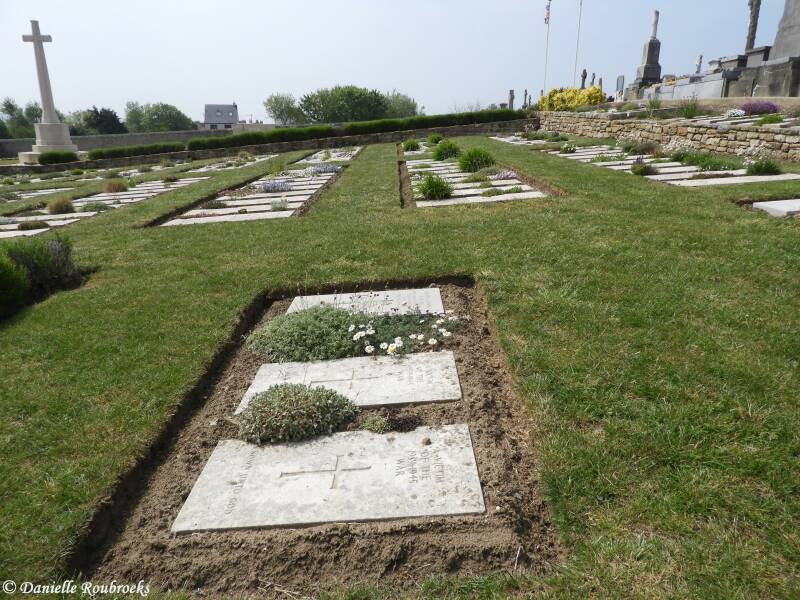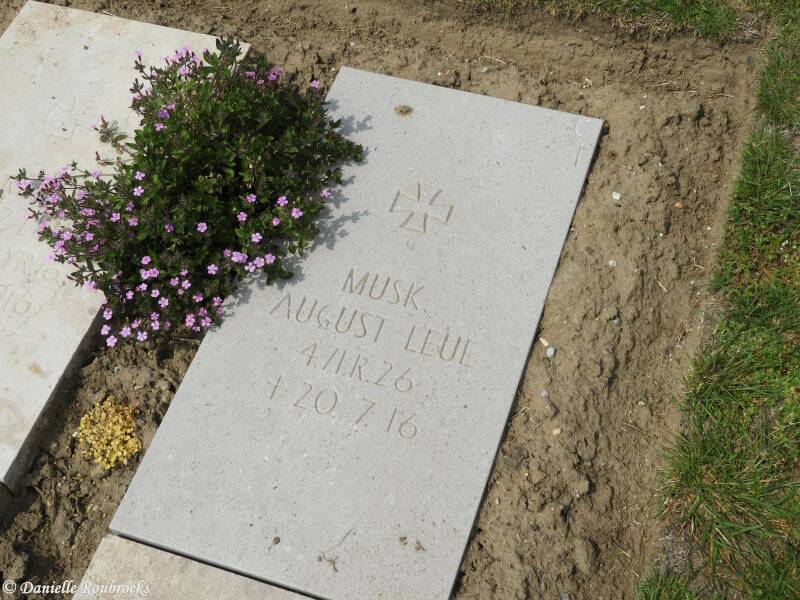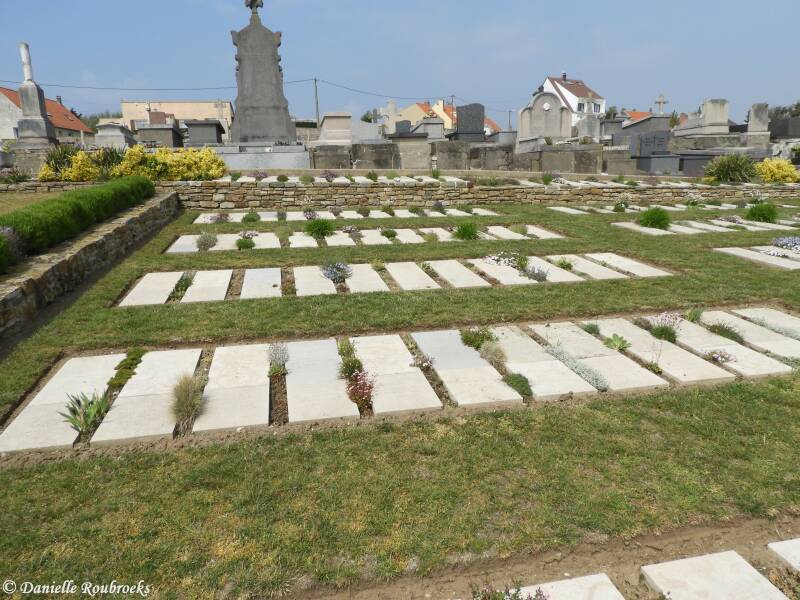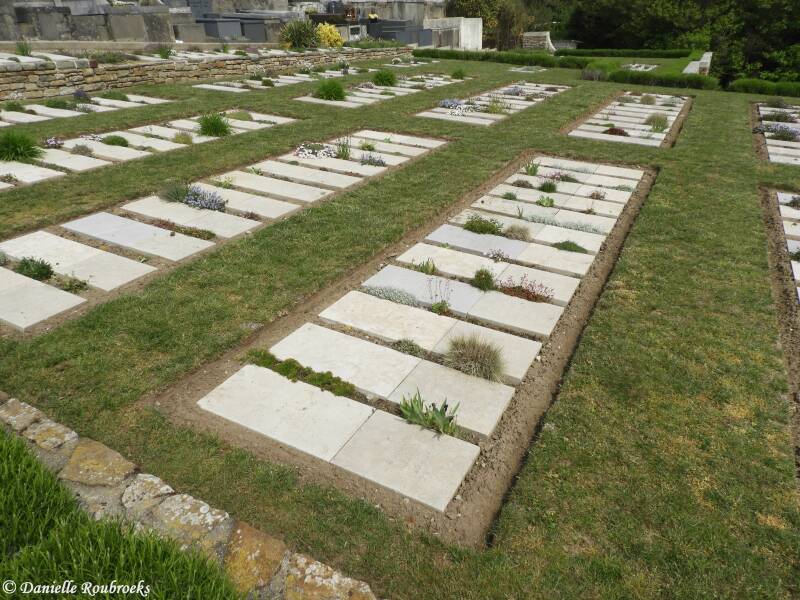Wimereux Communal Cemetery
Historical Information (Source: CWGC)
Wimereux was the headquarters of the Queen Mary's Army Auxilliary Corps during the First World War and in 1919 it became the General Headquarters of the British Army. From October 1914 onwards, Boulogne and Wimereux formed an important hospital centre and until June 1918, the medical units at Wimereux used the communal cemetery for burials, the south-eastern half having been set aside for Commonwealth graves, although a few burial were also made among the civilian graves. By June 1918, this half of the cemetery was filled, and subsequent burials from the hospitals at Wimereux were made in the new military cemetery at Terlincthun. During the Second World War, British Rear Headquarters moved from Boulogne to Wimereux for a few days in May 1940, prior to the evacuation of the British Expeditionary Force from Dunkirk. Thereafter, Wimereux was in German hands and the German Naval Headquarters were situated on the northern side of the town. After D-Day, as Allied forces moved northwards, the town was shelled from Cap Griz-Nez, and was re-taken by the Canadian 1st Army on 22 September 1944.
Wimereux Communal Cemetery contains 2,847, Commonwealth burials of the First World War, two of them unidentified. Buried among them is Lt.-Col. John McCrae, author of the poem "In Flanders Fields." There are also five French and a plot of 170 German war graves. The cemetery also contains 14 Second World War burials, six of them unidentified. The Commonwealth section was designed by Charles Holden.
Served with
- United Kingdom (2355)
- Canadian (220)
- Australian (208)
- German (166)
- New Zealand (79)
- South African (10)
Served in
- Army (2999)
- Navy (23)
- Air Force (10)
- Miscellaneous (5)
- Merchant Navy (1)
Lieutenant Colonel John McCrae, MD (November 30, 1872 – January 28, 1918) was a Canadian poet, physician, author, artist and soldier during World War I, and a surgeon during the Second Battle of Ypres, in Belgium. He is best known for writing the famous war memorial poem "In Flanders Fields". McCrae died of pneumonia near the end of the war.
On January 28, 1918, while still commanding No. 3 Canadian General Hospital (McGill) at Boulogne, McCrae died of pneumonia with "extensive pneumococcus meningitis" at the British General Hospital in Wimereux, France.
He was buried the following day in the Commonwealth War Graves Commission section of Wimereux Cemetery, just a couple of kilometres up the coast from Boulogne, with full military honours. His flag-draped coffin was borne on a gun carriage and the mourners – who included Sir Arthur Currie and many of McCrae's friends and staff – were preceded by McCrae's charger, "Bonfire", with McCrae's boots reversed in the stirrups. Bonfire was with McCrae from Valcartier, Quebec until his death and was much loved. McCrae's gravestone is placed flat, as are all the others in the section, because of the unstable sandy soil.
"In Flanders Fields"
In Flanders fields the poppies blow
Between the crosses, row on row,
That mark our place; and in the sky
The larks, still bravely singing, fly
Scarce heard amid the guns below.
We are the dead, short days ago
We lived, felt dawn, saw sunset glow,
Loved and were loved, and now we lie
In Flanders fields.
Take up our quarrel with the foe:
To you from failing hands we throw
The torch; be yours to hold it high.
If ye break faith with us who die
We shall not sleep, though poppies grow
In Flanders fields.


